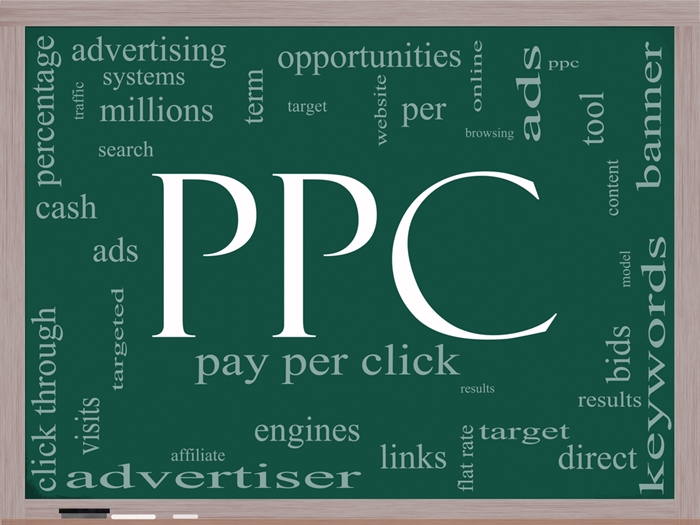7 Ways to Measure Your Content Marketing Success
 As marketing becomes central to digital marketing strategies, marketers should measure their program’s success on more than a hunch. More and more, we’re expected to quantify the success of our content marketing to justify our budget. The best measurements look beyond a shopper’s initial response and gauge sustained engagement compared with downstream revenue.
As marketing becomes central to digital marketing strategies, marketers should measure their program’s success on more than a hunch. More and more, we’re expected to quantify the success of our content marketing to justify our budget. The best measurements look beyond a shopper’s initial response and gauge sustained engagement compared with downstream revenue.
In other words, retweets and likes may not matter as much to your business objectives as actual leads and sales. Here are seven ways to prove your content marketing program is worth the investment:





 Online or off, customers frequently feel more loyalty to the affiliate than the brand itself. That means marketers can improve their conversion numbers by choosing the best affiliates to begin with. After all, just a few partners could end up providing most of the traffic to your website.
Online or off, customers frequently feel more loyalty to the affiliate than the brand itself. That means marketers can improve their conversion numbers by choosing the best affiliates to begin with. After all, just a few partners could end up providing most of the traffic to your website. That prize consumer you’re after could Google reviews of your restaurant on his laptop, make reservations from a tablet and then get directions from his smartphone, all within an hour. The trend of searching across multiple devices, by people transitioning from one to the other, is on the rise as users query search providers from nearly any location. Recent Microsoft research found that
That prize consumer you’re after could Google reviews of your restaurant on his laptop, make reservations from a tablet and then get directions from his smartphone, all within an hour. The trend of searching across multiple devices, by people transitioning from one to the other, is on the rise as users query search providers from nearly any location. Recent Microsoft research found that
 With more consumers spending time on their mobile apps, you may be wondering whether to take advantage of the trend. Many companies create apps to build on their existing communication with consumers via their iPhones, iPads and Androids, provide them with a new service, or broaden their audience.
With more consumers spending time on their mobile apps, you may be wondering whether to take advantage of the trend. Many companies create apps to build on their existing communication with consumers via their iPhones, iPads and Androids, provide them with a new service, or broaden their audience. More than half of adults
More than half of adults 


